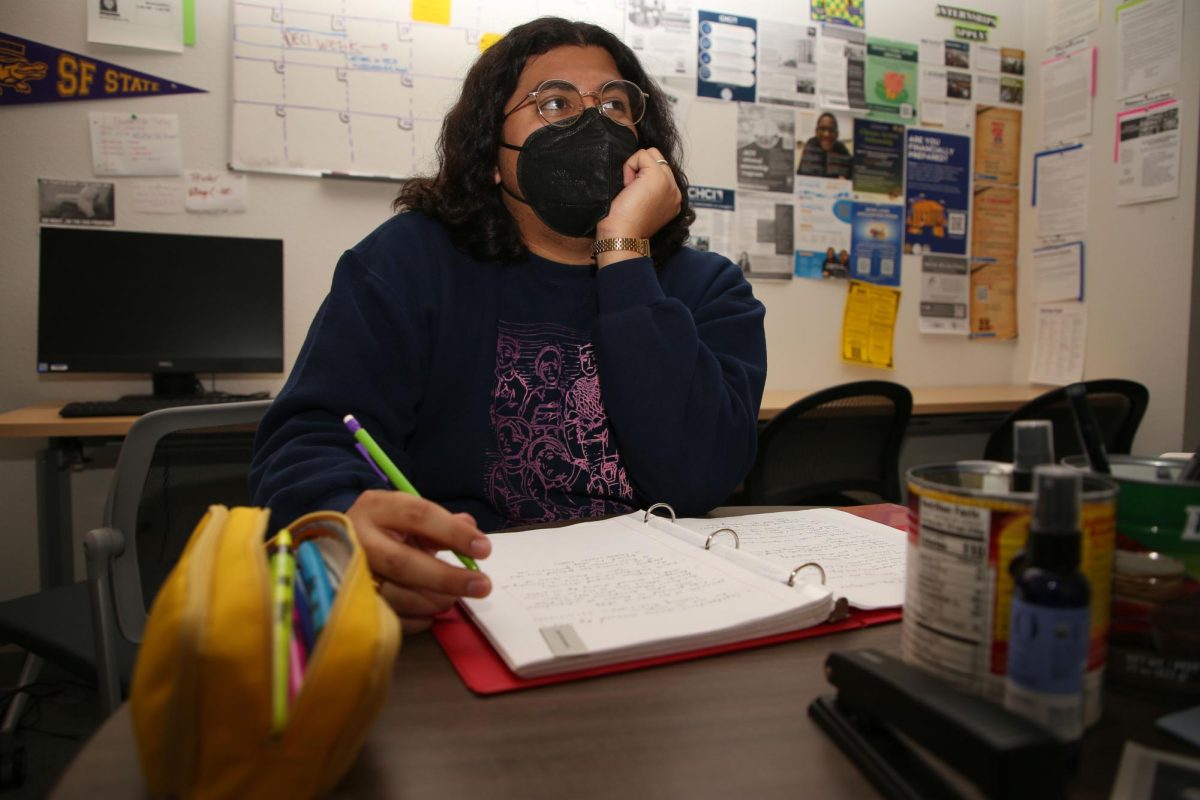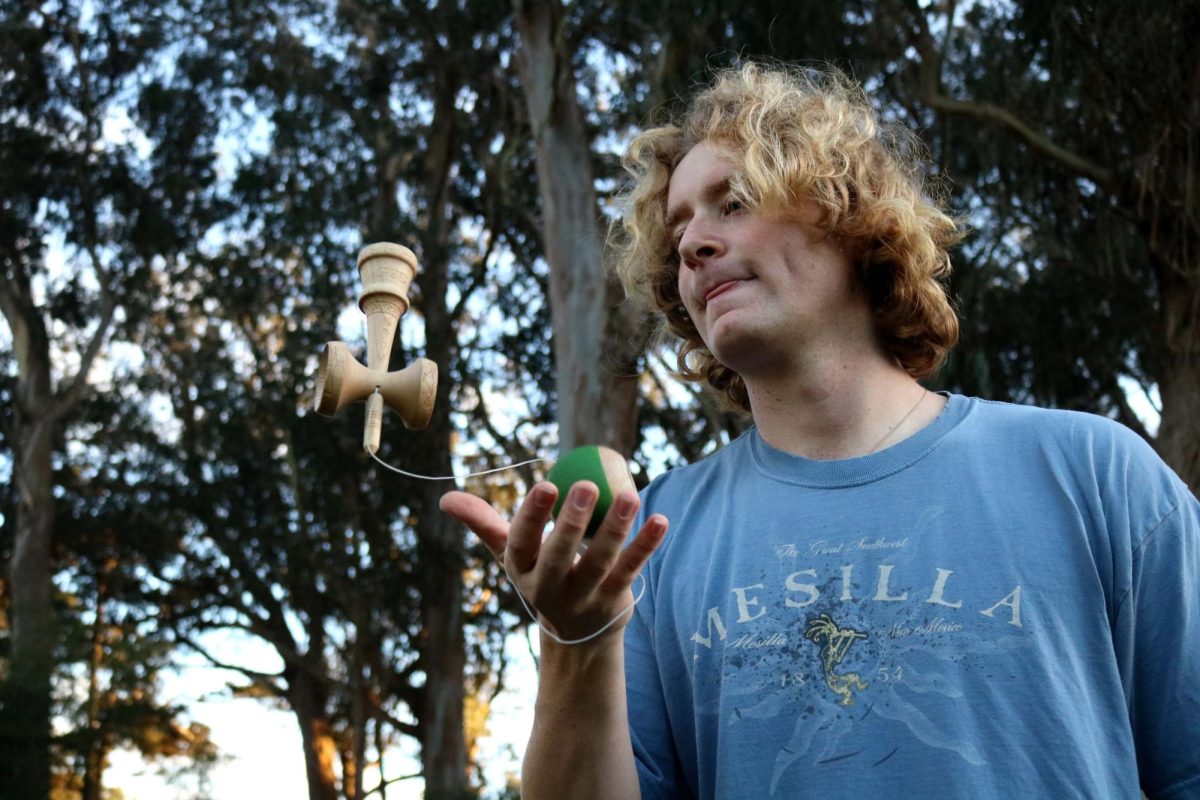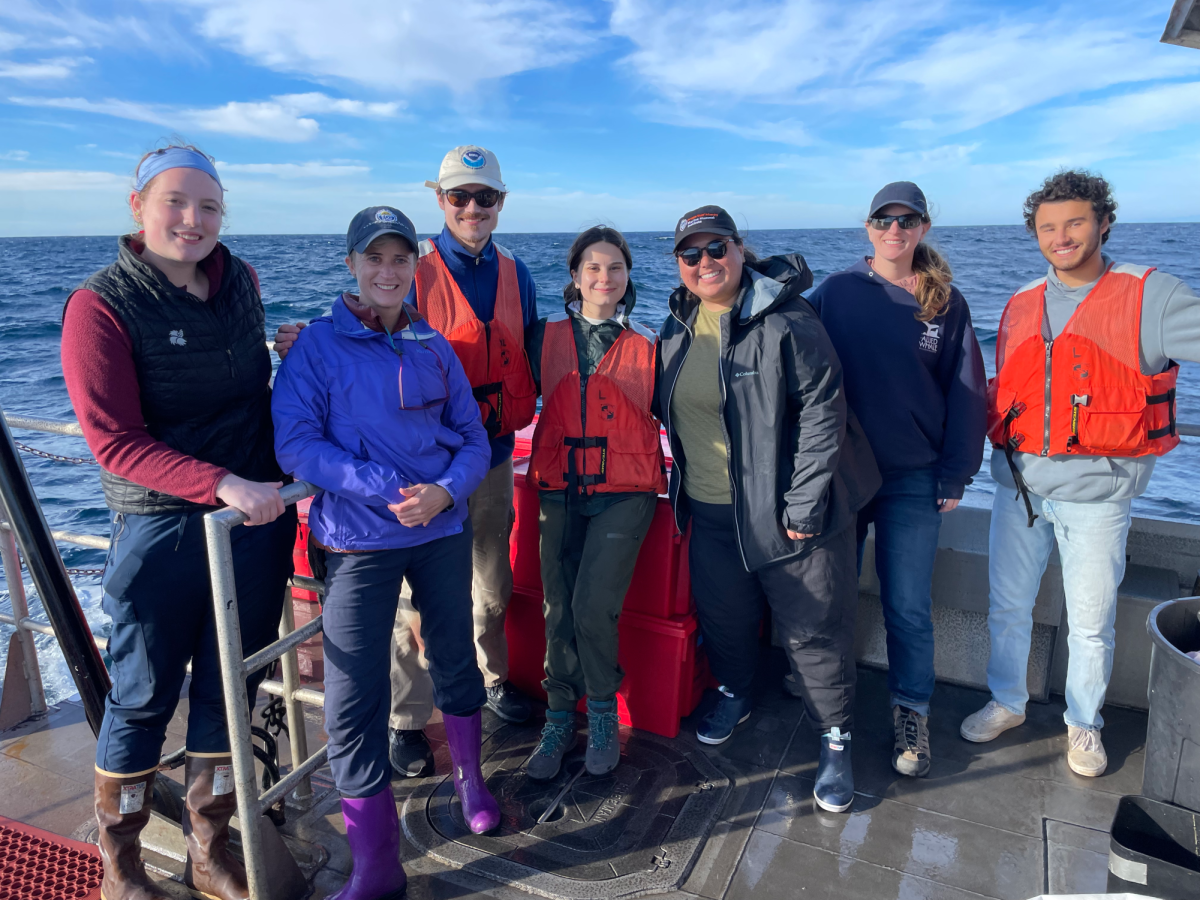By Ashley Goldsmith
In 2012 Businessweek.com named San Francisco as America’s best city. The vast employment opportunities, many ways in which one can spend their disposable income and the cityscape are a few of the many reasons why San Francisco was chosen. The city’s sudden rise in popularity is reminiscent of another major American city nearly one hundred years ago.
During the 1920s New York City was the place to be. The economy was booming, unemployment was low and many Americans were moving from rural areas to urban centers. San Francisco has seen a similar upswing in the past several years thanks to the growing tech boom in the Bay Area.
The Roaring Twenties was a time of prosperity across major cities in the U.S. but more specifically in New York City. Between 1920 and 1930 there was a 19 percent increase in the city’s population which meant that there was a need for major infrastructure changes. This need created jobs in construction and transportation that had not been necessary before.
According to the New York Transit Museum, between 1913 and 1931 the majority of the subway system that New Yorkers use today was built. The Chrysler Building and the Empire State Building had both been completed by 1930 which created construction jobs throughout the late 1920s.
In 21st century San Francisco, hoodies have replaced flapper dresses and smartphones have replaced the radio as a tool for mass communication, but the expansion and success of 1920s Manhattan has been replicated in many ways.
Between 1950 and the late 1980s, the population of SF was decreasing steadily until 1990 when it increased by nearly 45,000 people because of the Internet boom. By 1995 the Internet had become available for commercial use, allowing for the first generation of tech startups to emerge. Amazon, eBay and Craigslist paved the way for companies like Google and Facebook in the Bay Area.
A similar boom has happened again. Between 2010 and 2014 the population of San Francisco increased by over 47,000 people. Exceeding the increase during the first Internet boom just four years into the decade. The unemployment rate of San Francisco has steadily remained below the average in California. Over the past year it has stayed below four percent and is now at 3.4 percent while the state is at 5.7 percent. Jobs in transportation, construction, business and hospitality have all increased significantly over the past year according to California’s Employment Development Department.
These jobs have likely become available for the same reasons that they did during the Roaring Twenties: when the population of a city increases, the need to improve infrastructure also increases.
A report released by Mayor Ed Lee in May, shows a five-year plan for the city to build more housing, expand public transportation and develop neighborhoods.
While San Francisco hasn’t quite turned into The Great Gatsby, the decadence of the era has been mirrored in the Bay Area in many ways. According to Michael Flamm, Professor of History at Ohio Wesleyan University, in the 1920s there was a shift in America that took emphasis away from careers as an individual’s defining quality and instead placed more emphasis on possessions.
“External qualities have become more important than internal qualities,” Flamm said in an interview with the Gilder Lehrman Institute of American History. “That’s really one of the significant cultural changes that we see during this interwar period, the great emphasis on consumerism and on consumption.”
According to Lehrman, the birth of consumerism led to the increase in large advertising firms in New York City that used psychological techniques to market products to convince consumers that using these items will positively affect how others view them.
In San Francisco, tech companies have created smartphones and platforms like social media that have become new status symbols. Expect to get some side-eye when you tell someone that you don’t have an iPhone or a Facebook account. The boom in consumerism in America has developed further thanks to the products that are being creating by companies in the Bay Area.
According to the Bureau of Labor Statistics, San Franciscans spend more money eating out than any other city in the country. Smartphone apps like Postmates and Eat24 make this form of consumerism an easy way to spend money from the comfort of home. These are just a few of the ways in which San Francisco has turned itself into such a desirable place to live and a consumer-driven city.
Living in the Bay Area can sometimes feel like you’re living in the future, peppered with remnants of emerging cities past.







